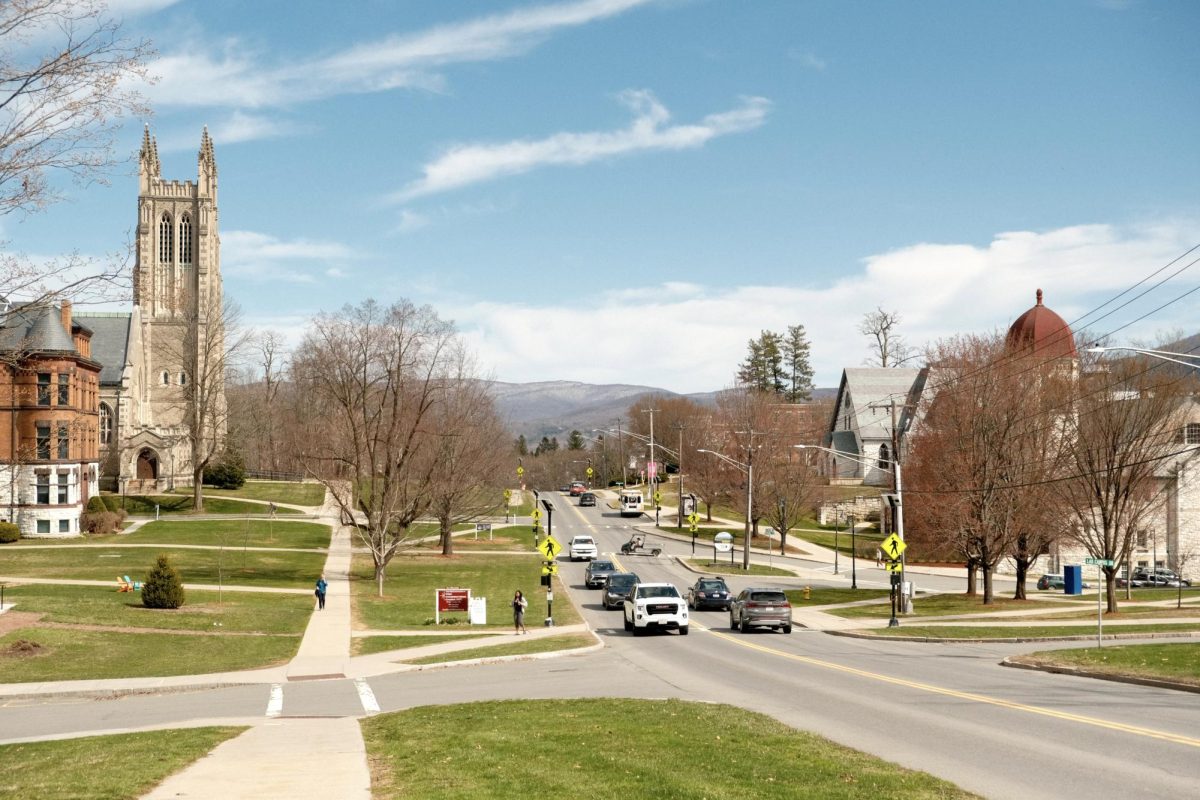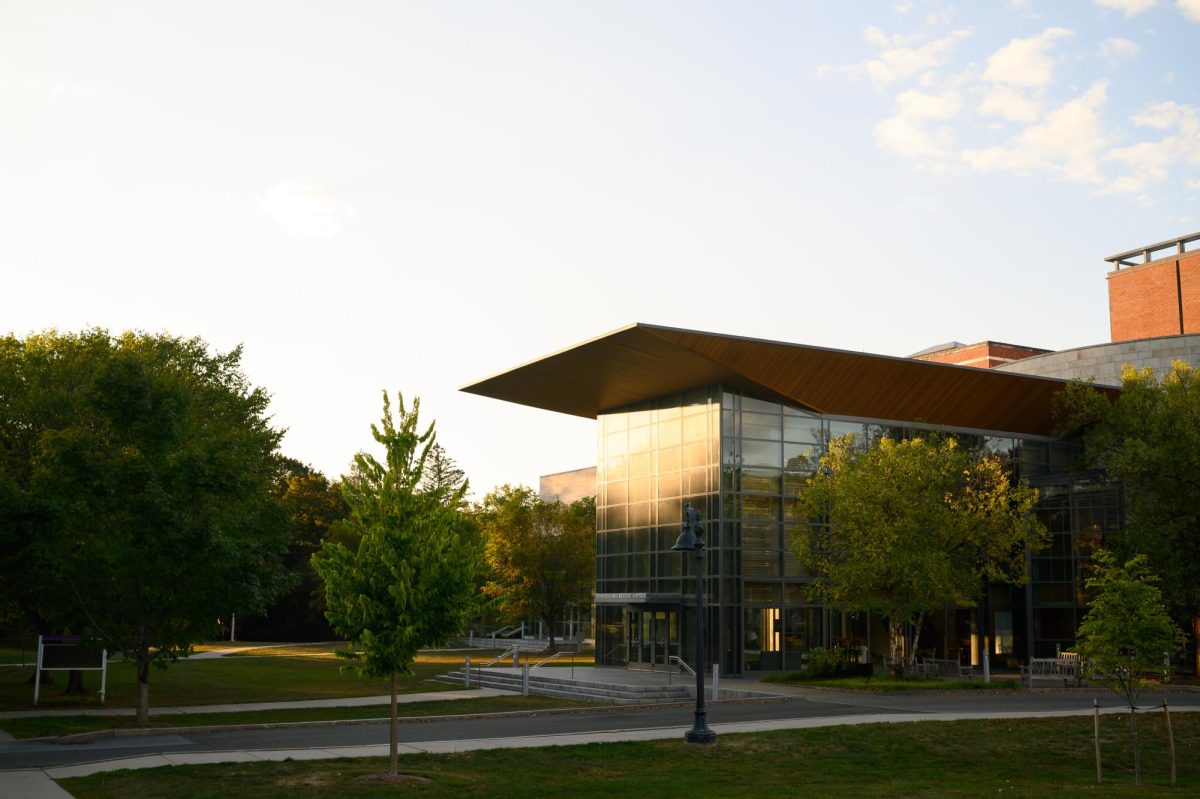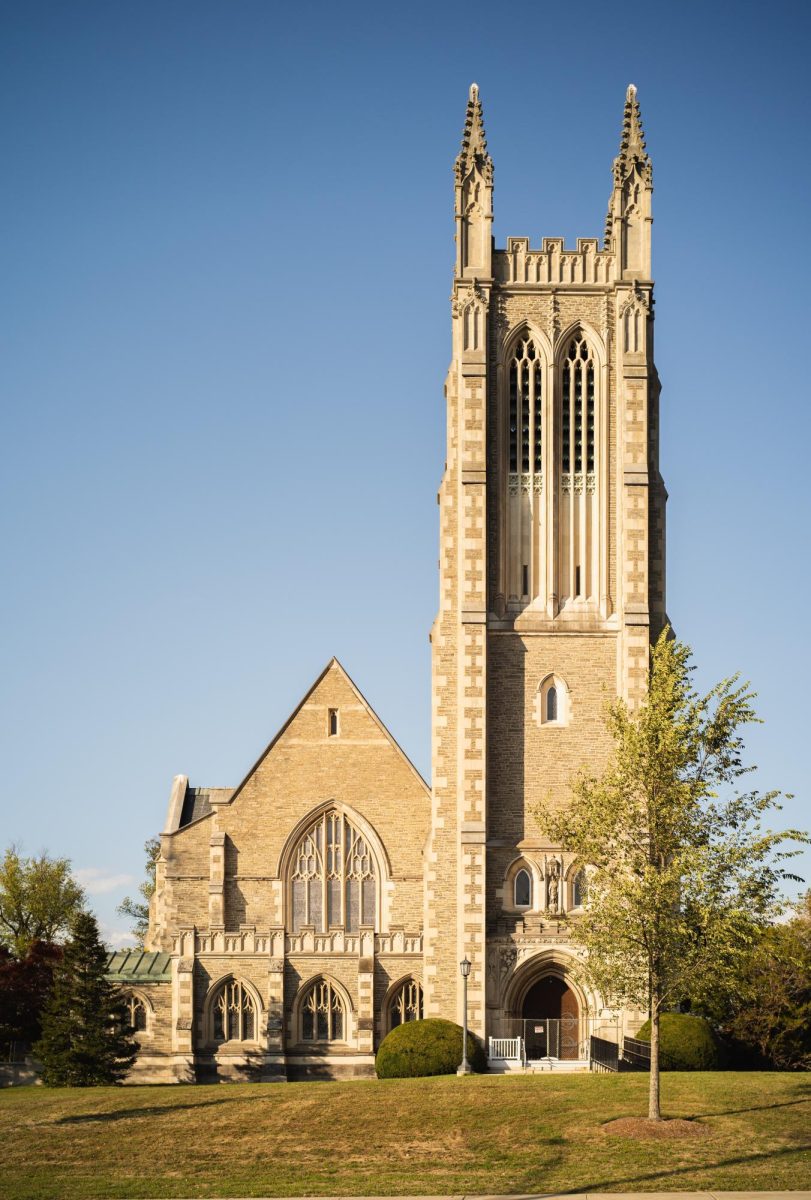Students at the College have articulated a vision for living spaces of affinity around a common identity – including but not limited to race, culture and sexuality – as an antidote to feelings of tokenization and isolation that students say the College’s current housing options fail to address. Students say that they have began conversations on affinity housing last spring with administrators, who say that affinity housing will be a key topic of consideration as the College moves forward in the strategic planning process. A group of students met with administrators on Monday about a current attempt to create an affinity space through the housing lottery.
One of the 12 demands published by Coalition Against Racist Education Now (CARE Now) on Friday requested the establishment of “affinity housing for Black students (and all other marginalized groups).” This demand calls back to the 12th of the 15 demands made by students of the Afro-American Society in 1969, when they occupied Hopkins Hall and called for the creation of a Black cultural center in which Black students could live.
Alia Richardson ’19, co-chair of the Black Student Union (BSU), advocated for the reconsideration of the College’s current housing system in a Record op-ed that was published three days after a BSU town hall that included a discussion of affinity housing (“A case for affinity housing: Why the College should reconsider the housing system,” Nov. 14, 2018).
“Affinity housing would grant students who share an aspect of their identity the opportunity to live together in an intentional community with shared values and goals, allowing these students to feel supported and have their identities affirmed by those who live around them,” she wrote.
Following the 1969 Hopkins occupation, Mears House became an autonomous space for Black students to gather and express their culture, but in 1983, the College reapportioned Mears House into offices and moved the African, Black and Caribbean groups to Rice House in 1983. It is unclear why the 1983 change was made, although some Black students have referenced a 1980 cross burning took place on Perry lawn, after which the BSU library in Mears House was broken into and ransacked the Wednesday afterward, with numerous Black students receiving threatening phone calls.
Currently, the BSU has “pseudo-autonomy” over Rice House, one of the legacies of the Hopkins occupation and 12th of the list of demands published in March of 1969, according to Rocky Douglas ’19, co-chair of the BSU. Douglas emphasized the importance of Rice House to Black students at the College in a December op-ed for the Record (“We belong where we are: A love letter to Rice House,” Dec. 5, 2018). “In that historic house, we work, we cook, we converse, we congregate, we praise, we dance, etc., ad infinitum. Dozens of students study in the Alana Haywood library on the second floor each week,” she wrote.
Though not a residential space, the support Black students have expressed from spending time with each other at Rice House has been cited to be the key to their survival at the College, according to Douglas. “At one point, in response to comments about the microaggressions, feelings of tokenization and isolation many minoritized students have experienced in entries, I said, ‘Thank God I found Rice House, because I think that’s the only reason I was able to survive,’” Douglas wrote.
Richardson reexamined student interest in the establishment of affinity housing last spring, when she conducted preliminary levels of student interest in affinity/identity housing at the College, for her senior seminar (AFR 476, “Black Radicalism”). In a poll that was distributed among a group chat with Black students at the College, when asked the question, “If Williams had identity/affinity/culturally specific living options, could you imagine yourself choosing to live in this type of house?,” nine out of 18 students responded “yes,” and six students responded “maybe.”
BSU town hall conversations have tied the demand for creating safe residences at the College into campus-wide discussions. “In addition to the fact that we don’t have affinity housing, there are people trying to bring speakers here who are silencing our identities, which goes to show that as a whole, Williams isn’t necessarily dedicated to making it the space that is supportive of students with marginalized identities,” Richardson said. “I think with the more recent movements, and with the departures of professors Kai Green [’07] and Kimberly Love, affinity housing is also brought into this larger discussion of, ‘What is Williams doing wrong for students of color?’”
Vice President for Campus Life Steve Klass said that, with regard to goals for residential life at the College, he shared some common sentiments with students. “The most appropriate and effective way in which to think about residential life is as holistically as possible, as an integrated four-year experience that speaks to the core of our identity as a residential liberal arts college,” he said. “These include the ongoing JA-led conversations on many aspects of the entry system; the productive conversations on affinity and program housing; ongoing conversations on the nature and composition of private market off-campus housing; and weekly conversations on the programming and staffing that support upperclass housing and what kinds of models might be best for Williams in the context of all these other questions.”
Although some arguments against affinity housing expressed fear that affinity housing might promote isolation, Richardson affirmed the need for communities of affinity while emphasizing that space exists interaction across difference elsewhere in campus life. “There is a valid argument that you’re not going to be exposed to a lot of different people and different interests. But you already have that through the entry system, [and] we have that every day in our classes – it’s not like if you live in this house you’re completely isolated from all of campus, people still live with and engage in with the wider campus community,” Richardson said.
Peer institutions also offer variations of affinity housing. While each institution has its own name and interpreted systems of affinity housing, they share similarities, acording to Richardson. All intentionally created residential spaces and communities require and have faculty or staff liaisons who assist with programming efforts in the particular community. In addition, students interested in living in intentionally created residential spaces can submit applications to specific houses, contrasting with the standard housing lottery system that is the only on-campus housing selection process in place at the College.
Wesleyan offers program housing based on “shared hobbies, experiences, cultural interests and identities,” supporting “the creation of interwoven communities of interest that otherwise would not be as connected.” The Malcolm X House, which Wesleyan describes as “a residence for students at Wesleyan who wish to live in an environment dedicated to the exploration and celebration of the cultural heritage of the African Diaspora at Wesleyan,” was established following a 1969 student demonstration, one that took place two months prior to the occupation of Hopkins Hall at the College.
Richardson highlighted the success among the College’s peer institutions in intentionally creating safe and inclusive spaces. “There is this argument, ‘Oh, Williams is so small – it’s not really going to work.’ But it works well in other schools! So, that’s just a lot of people trying to silence and further tokenize underrepresented identities here and say, ‘Oh, you should be dispersed among all the regular houses, [and] you don’t need your own space,’” she said.
There are current efforts by students to intentionally create safe residential spaces for Black students at the College through the current housing lottery system. Shane Beard ’20, who is the Minority Coalition representative and community outreach coordinator of the BSU and the housing coordinator for Hubbell House next year, is working to make Hubbell House an informal type of affinity housing for Black students. “While he can be intentional about the programming he provides, the students who actually have access to Hubbell [in the lottery] are random,” Richardson explained.
Richardson said that while “pick groups” in the housing lottery allow students a mechanism to “live around other people who share some aspect of their identity,” she finds it insufficient and unsustainable that students are dependent upon a lottery to curate their own living spaces.
There have been steps taken by members of the administration to craft and plan how affinity housing might look at the College. “I’ve already begun some conversations with colleagues at places like Wesleyan and Amherst regarding how they launched these programs and what they learned along the way,” Klass said.
Klass said, however, that process are not always easily transferable from a peer institution to the College. Klass explained how other institutions already have residential assistants and similar forms of staffing in residence that facilitate the management of affinity houses, along with larger central Housing offices. “We can’t just cherry-pick the pieces we want to consider without understanding the full context.” Nevertheless, Klass stressed that the push for affinity housing will be a central residential life topic in the upcoming strategic planning process over the next few years.
Richardson emphasized the current urgency for the College to take concrete planning steps toward the creation of affinity housing. “I think right now, the College and the trustees, are interested in thinking about how we can revamp the residential life system, and in that planning, I think it’s really important for them to think about affinity housing, despite fears that it’s separatist,” she said. “Especially in light of recent college events, I think the College really needs it.”








